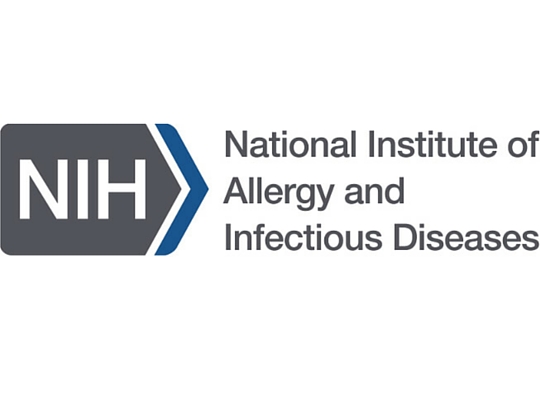Community Engagement in NIAID’s HIV/AIDS Clinical Trials Networks
Topics

Since early in the HIV/AIDS epidemic, the National Institute of Allergy and Infectious Diseases (NIAID) has involved community representatives and advocates in the research process. The nature and scope of the community’s involvement have grown over the years, but the rationale behind these efforts remains the same: the people who might benefit from the research should have a voice in the process, and community engagement helps ensure that the research is both relevant and ethical. While there are many ways to establish community-researcher partnerships, the Community Advisory Board (CAB) model is the primary way in which NIAID and its funded researchers work together with interested, nonscientific community representatives.
NIAID established its first CAB in 1990 in response to HIV/AIDS activists’ demands, and soon thereafter, CABs became a requirement for each of the NIAID-funded HIV/AIDS clinical trials networks and sites. Currently, there are 138 CABs that interact with one or more of the NIAID-funded clinical trials sites. The CABs facilitate a two-way dialogue between the research staff and the broader community. This serves to increase community understanding of why a given trial may be conducted – what researchers hope to learn and how it fits into the overall research plan. The exchange also helps research staff gain insight into community needs, concerns and culture, which can facilitate more effective and meaningful communication with the broader community, and may enable staff to better assess the importance and feasibility of any given study in that community. In addition to the local CABs, each of NIAID’s six HIV/AIDS clinical trials networks has a CAB with global representation. These CABs interact with the scientific leadership and provide input into the scientific agenda, network operations, and the prioritization and design of specific studies.
When the HIV/AIDS clinical trials networks were restructured in 2006, NIAID established a cross-network group called Community Partners (CP) whose goal is to help ensure effective representation of and timely communication among the global communities where the clinical trials networks operate. This group also works to 1) harmonize best practices for community involvement across the HIV/AIDS networks and affiliated sites, 2) identify the communities’ scientific priorities, and 3) develop effective training tools and evaluation measures.
NIAID has several other means of fostering community engagement. Since 2006, the NIAID HIV Vaccine Research Education InitiativeExit Disclaimer (NHVREI) has worked to increase awareness of and engagement in HIV vaccine research among highly HIV-affected populations within the United States, and more recently has begun to address other prevention research. Through partnerships with local community-based organizations and national and regional non-governmental organizations and associations, NHVREI works to improve knowledge of and attitudes toward HIV vaccine research, enhance partnerships between communities and researchers, and create support for current and future HIV vaccine trials. Since this project is winding down, NIAID has established a way to ensure that the important work of the NHVREI not only continues but also expands to fully encompass other biomedical prevention research, such as microbicides and pre-exposure prophylaxis.The Legacy ProjectExit Disclaimer, which began within the HIV Vaccine Trials Network, is now a project that spans all six clinical trials networks. The Legacy Project works to build trust within communities in the United States that have been historically distrustful of and underrepresented in clinical trials research, namely African Americans and Latinos. Coordinated by the Office of HIV/AIDS Network Coordination, the Legacy Project strives to ensure cultural competency and responsiveness of research by developing partnerships with key stakeholders in these communities.
As the clinical trials networks are restructured in 2013, NIAID will continue to encourage and support community engagement activities through the CABs, CP and the partnerships developed through the Legacy Project and projects like the NHVREI. NIAID remains committed to increasing the community’s understanding and awareness of HIV/AIDS biomedical research and ensuring that the community always has a seat at the table.